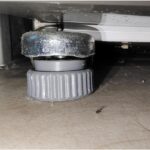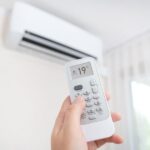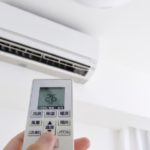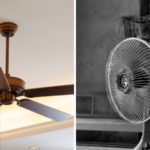Many people mistakenly believe that filling their refrigerators with lots of items will make them work harder and consume more electricity. As a result, they form the habit of keeping their freezers empty to save money. But little do they know that this habit doesn’t help at all and can even lead to higher electricity bills. Why is that? Let’s find out together!
1 Why Does an Empty Freezer Lead to Higher Electricity Bills?
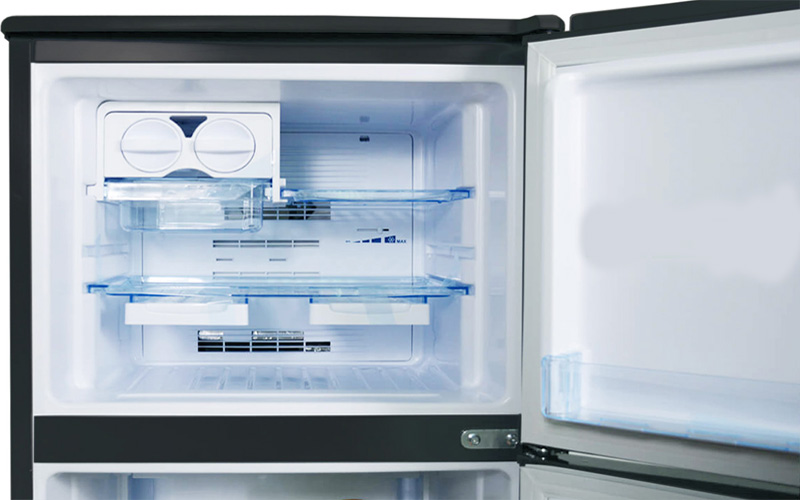
A refrigerator’s freezer compartment works by temporarily stopping the cooling process once the desired temperature is reached. It only resumes operation when the temperature drops, such as when you open the fridge door.
By storing items in the freezer, you help maintain a stable temperature. If you leave it empty, with no items to hold the cold, the compressor will have to work continuously and harder to maintain the cold temperature in this compartment.
So, remember never to leave your freezer empty when using your refrigerator!
2 Tips for Using Your Refrigerator Efficiently and Saving Electricity
Keep Your Freezer Compartment Full
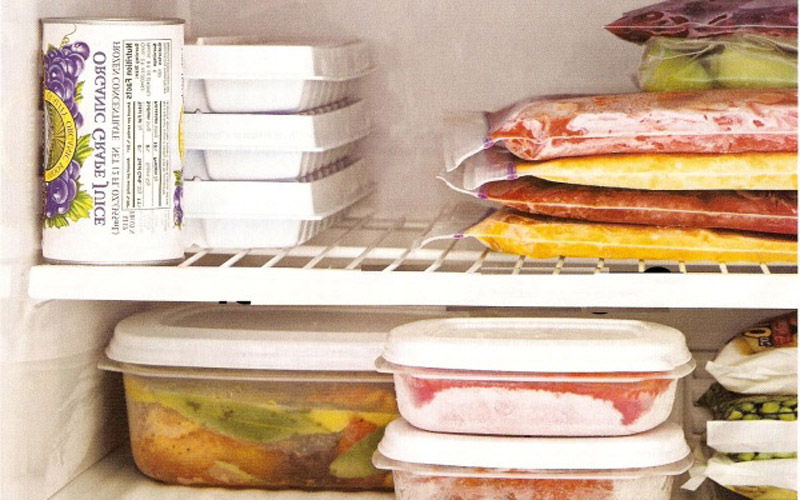
If you don’t need to use the freezer often, simply place a few water bottles in it. The water will quickly freeze and help balance the temperature in the freezer. This will reduce electricity consumption, create stability for your refrigerator, and prevent breakdowns that could lead to costly repairs.
Avoid Opening the Fridge Door Frequently

Each time you open the fridge door, cold air escapes, causing the temperature inside to rise. The refrigerator’s compressor then has to work harder to compensate for the lost cold air, resulting in higher electricity consumption.
So, avoid the habit of frequently opening the fridge door out of curiosity or boredom!
Don’t Put Hot Food in the Fridge
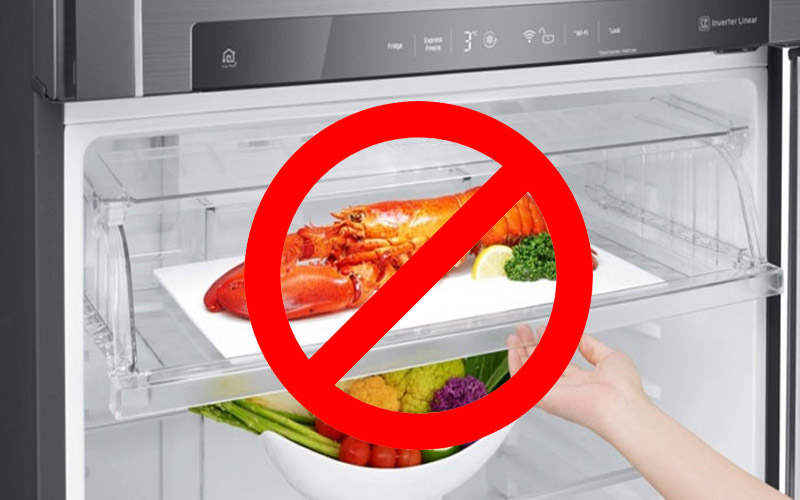
When hot food is placed in the fridge, it causes the refrigerator to work harder to provide cool air to balance the temperature, resulting in increased electricity consumption.
Additionally, the hot air released from the food creates smoke that clings to the fridge, causing unpleasant odors and making it harder to clean. This, in turn, can lead to inefficient operation and higher electricity usage to maintain normal fridge function.
Regularly Clean Your Refrigerator

Cleaning your refrigerator regularly helps it operate more efficiently by ensuring optimal airflow for cooling and refrigeration. This, in turn, can lead to significant savings on your electricity bill.
Moreover, regular cleaning protects your health and that of your family members by eliminating dirt and bacteria.
Use Glass or Porcelain Containers for Food Storage
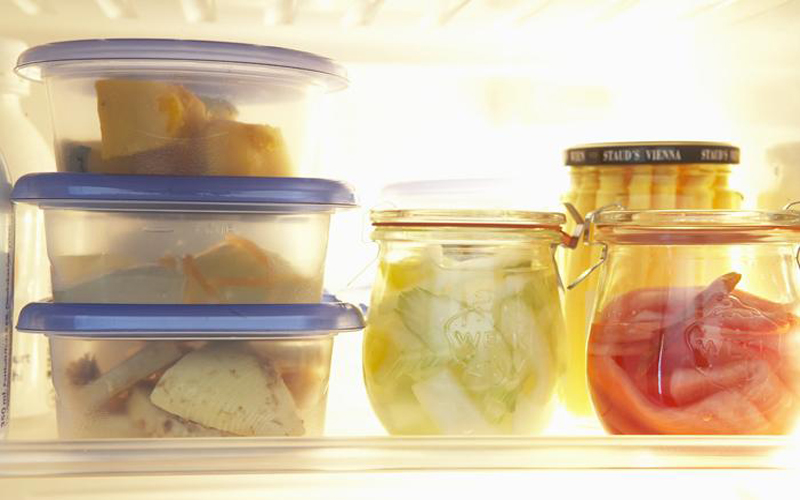
Glass and porcelain help maintain a stable temperature in the refrigerator better than plastic containers. As a result, your refrigerator won’t have to work as hard, leading to reduced electricity consumption.
Now we understand why an empty freezer can significantly increase electricity consumption. So, let’s break this bad habit and adopt some of the suggested tips to enjoy lower electricity bills and a more pleasant experience when opening those fridge doors!
The Secret to Lowering Your Electricity Bill: Items in Your Fridge That May Seem Unassuming Heroes
The refrigerator is not just a food storage solution, it’s a powerful tool to reduce your energy costs. The secret lies in the seemingly mundane items we place within it.
72 Hours Before Your New Fridge Arrives: A Step-by-Step Guide to Prepare for the Big Day
“Investing in a new refrigerator is a significant step towards a more efficient and modern kitchen. But before you start filling it with your favorite snacks and groceries, it’s essential to take some crucial steps to ensure optimal performance and safety. The experts recommend these simple yet effective measures to get the most out of your new appliance.”
The Secret to a Good Night’s Sleep: It’s Not Just About the Temperature
Introducing the latest innovation in air conditioning technology – a feature that is now standard across most air conditioner lines. This cutting-edge mode is designed to revolutionize the way you experience indoor cooling, taking your comfort to the next level. With this mode, you’re in for a treat as it delivers the perfect balance of temperature and airflow, ensuring a pleasant environment that caters to your every need. It’s time to embrace the future of air conditioning and discover a whole new world of unparalleled comfort.


























